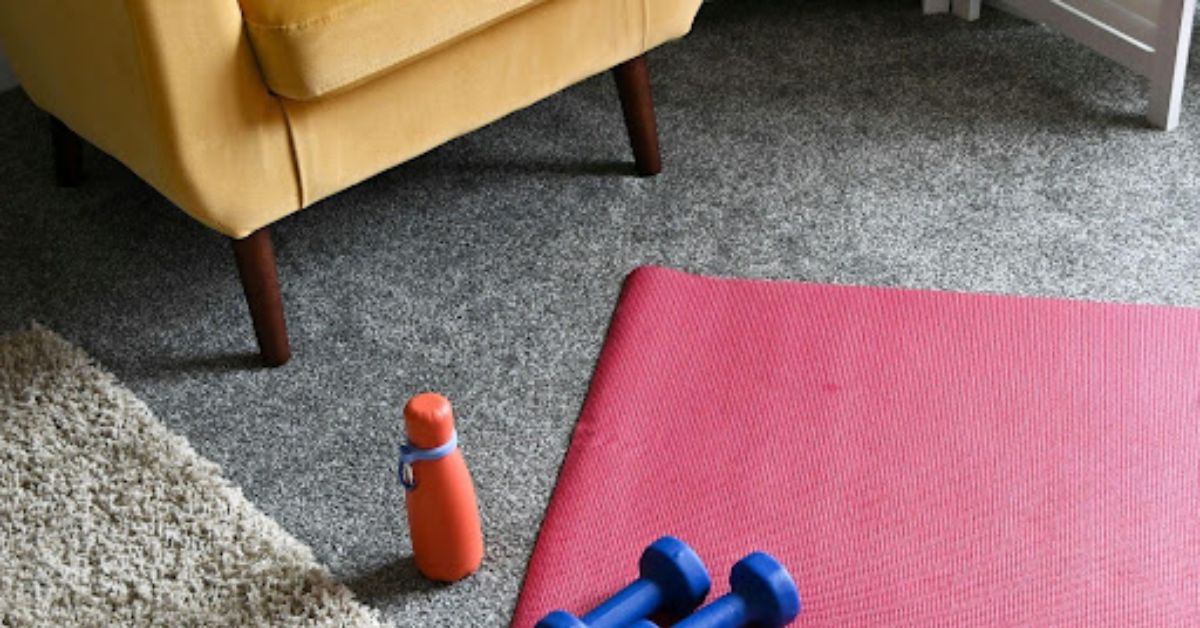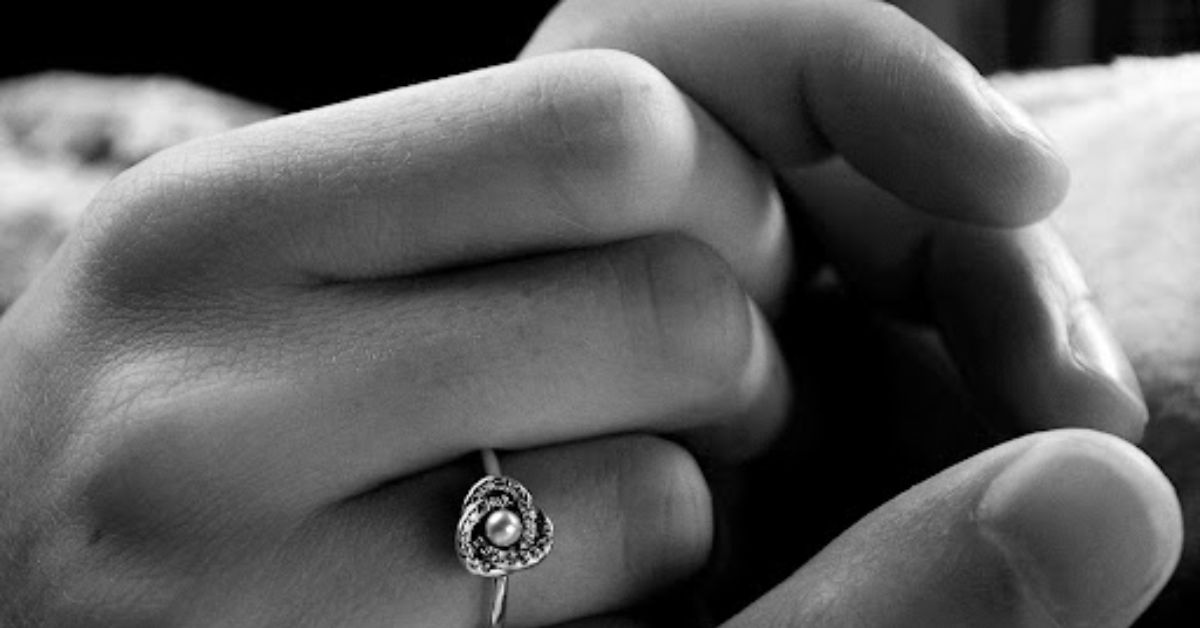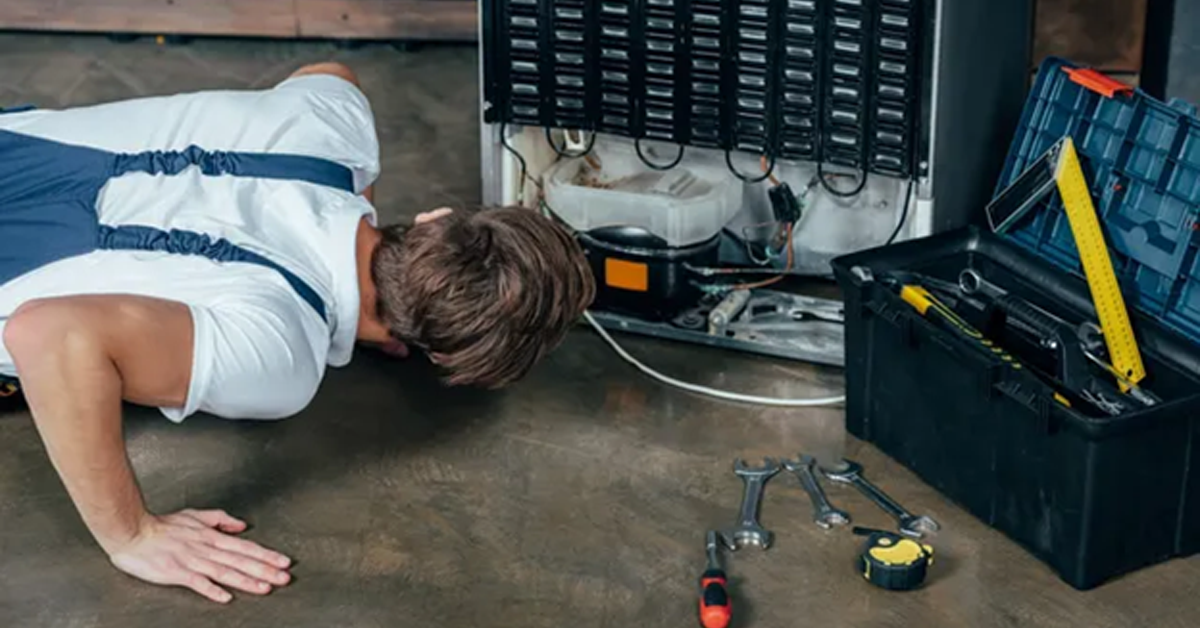Why Do Infants Often Have Cold Hands?
Babies commonly display infant cold hands due to their developing circulatory systems. Newborns’ bodies prioritize supplying warmth and nutrients to vital organs, so extremities like hands and feet may feel cold to the touch. This isn’t automatically dangerous; however, understanding when to act can help parents feel more confident and secure.
TRENDING
DIY Castor Oil Pack: A Complete Guide To Healing At Home
Common Reasons
- Immature circulation: Blood distributes to core organs first.
- Ambient temperature: Babies lose body heat faster than adults.
- Normal thermoregulation: Infants haven’t developed strong internal temperature control.
- Mild stress or sleep cycles: During deep sleep, peripheral circulation decreases.
Understanding these dynamics allows caregivers to respond empathetically rather than panic when they detect infant cold hands, building trust and calm in stressful moments.
When Infant Cold Hands Might Indicate A Deeper Issue
Although often benign, infant cold hands can sometimes signal underlying conditions. Remaining vigilant helps protect infants from complications while avoiding unnecessary worry.
Warning Signs to Watch For
- Persistent coldness combined with pale or bluish skin.
- Poor feeding or lethargy, alongside cold extremities.
- Difficulty breathing or persistent fussiness.
- One hand markedly colder than the other (asymmetry could indicate circulation issues).
- Family history of circulatory or metabolic disorders.
When these red flags appear, involving a pediatrician ensures early detection and peace of mind.
How To Keep Baby’s Hands Warm: Practical Measures
Addressing infant cold hands effectively involves simple, soothing actions:
Layering clothes: Use breathable cotton base layers and warm outerwear.
Use mittens or warm socks: These retain warmth gently without overheating.
Skin-to-skin contact: A proven method to boost baby’s temperature and emotional well-being.
Maintain a stable room temperature: Aim for about 20–22 °C (68–72 °F).
Swaddle securely: Wrap in light blankets to maintain core warmth.
These steps reduce anxiety, reassure caregivers, and provide immediate comfort to infants with cold hands.
Emotional Impact: Fear And Relief In Parenting
Feeling alarmed when noticing infant cold hands is natural and logical. Parents often fear that something might be wrong. However, once they understand that cold extremities are usually not serious, relief sets in. Empathy, knowledge, and supportive reassurance help families navigate emotional ups and downs during newborn care without unnecessary stress.
Comparison Table: Approaches To Warm Infant Hands
| Feature | Layering Clothes | Mittens & Socks | Skin-to-Skin Contact | Room Temperature Control | Swaddling |
|---|---|---|---|---|---|
| Cost | Low | Low–Moderate | Free | Moderate (heating costs) | Low |
| Efficiency | High | High | Very High | Moderate–High | High |
| Ease of Use | Easy | Easy | Moderate (requires partner) | Easy | Moderate |
| Scalability | Scales with more clothes | Limited by size options | Limited by timing | Whole-home effect | One infant per swaddle |
| Benefits | Flexibility, quick layer | Direct warmth retention | Reduces stress for parent and baby | Controlled environment | Comfort, sleep aid |
When To See A Doctor
If simple warmth tactics don’t help and infant cold hands persist, it’s critical to consult a healthcare provider. Medical evaluation can determine if circulatory, metabolic, or neurological conditions exist. Seeking help early can prevent complications and build confidence in care decisions.
Expert Insight: Professionals Weigh In
Pediatric experts emphasize that while infant cold hands are usually benign, parent intuition matters. Healthcare professionals recommend:
- Observing overall wellness (feeding, alertness, color)
- Avoiding over-bundling
- Using gentle, sustained warming strategies rather than quick heat sources
This balanced approach meets both emotional and rational needs in infant care.
How To Monitor And Track Temperature At Home
To stay proactive and stress-free:
- Conduct regular tactile checks on hands and feet.
- Keep a log of temperature readings, if using a thermometer.
- Record any subjective notes, like fussiness, color changes, or feeding habits.
These records help caregivers decide whether home care suffices or professional evaluation is needed.
Safety Tips: Avoid Overheating
While counteracting infant cold hands is a priority, overheating may raise risks like sudden infant death syndrome (SIDS). Follow safe guidelines:
- Use light layers and breathable fabrics
- Maintain moderate room temperature, not excessively warm
- Avoid heavy blankets or prone sleeping positions
These steps help balance warmth with safety and prevent anxiety-driven mistakes.
When It’s Normal vs. Concerning
Normal:
- Hands and feet feel cool but return to body temperature quickly
- Baby is feeding well, growing, and erratically at ease
Concerning:
- Persistent coldness with color changes (blue, pale)
- Systemic symptoms like lethargy or difficulty breathing
- One limb notably colder than the other
If you see worry signs along with infant cold hands, medical attention is wise.
The Role Of Environment And Habits
Beyond clothing and contact, lifestyle and home setup matter:
- Proper hydration and nutrition support circulation.
- Avoiding smoke exposure improves vascular health.
- Staying consistent with routine helps regulate body temperature naturally.
These everyday actions reduce cold extremity occurrences and support overall well-being.
Debunking Common Myths
Myth: Hands should always feel warm.
Truth: Peripheral limbs often feel cooler, especially when asleep.
Myth: Cold hands mean illness.
Truth: Usually it’s harmless unless accompanied by other symptoms.
Myth: Must use hot water bottles.
Truth: Overheating or burns may occur—gentle warming works best.
Understanding these truths empowers caregivers to act wisely, not impulsively, minimizing stress and unnecessary measures.
User Intent: Informational & Transactional Support
Caregivers researching infant cold hands often seek reassurance and actionable steps:
- Is this normal?
- How do I warm my baby safely?
- When should I worry?
We’ve addressed all:
- Explained typical causes and when it’s worrying (informational).
- Offered clothing, mittens, mitts, and safe warming tactics (transactional support).
This depth supports both knowledge and care decisions effectively.
Encouraging Emotional Security
Noticeable changes in baby’s extremities can prompt parental panic. Combining expert insight, empathetic tone, and practical steps helps foster trust. Caregivers appreciate when providers:
- Validate concerns
- Offer clear action steps
- Connect with emotional aspects
This emotional bond supports long-term well-being for child and caregiver.
Additional Tips For Comfort And Bonding
- Massage extremities gently with circular strokes.
- Use warm (not hot) compresses, wrapped in cloth.
- Encourage gentle movement to stimulate circulation.
- Dress in matching parent-baby gloves for warmth and bonding.
These methods help maintain warmth, reduce anxiety, and build closeness—important for both infant development and parent-child bonding.
Advanced Monitoring And Tools
For parents who want extra assurance:
- Use digital thermometers for peripheral temperature checks.
- Explore smart socks or wearable monitors that gauge warmth and oxygen levels.
- Keep temperature logbooks for follow-up with healthcare professionals, if needed.
These tools add objective reassurance alongside tactile methods.
Emotional And Logical Balance
Managing infant cold hands means addressing instinctive fear and applying thoughtful logic:
- Calm reassurance defeats panic.
- Understanding normal blood flow prevents overreaction.
- Documented observation encourages informed decisions.
This synthesis of emotion and rational thought creates confident caregiving and effective infant support.
Conclusion
In summary, infant cold hands are usually a normal part of early life. They rarely signal serious issues unless they occur with color changes, lethargy, or asymmetric coldness. By employing simple warmth strategies, monitoring for red flags, and connecting emotionally, caregivers can respond with compassion and clarity. With this guide, you’ve gained expert-level insight, logical foundation, and emotional support—empowering you to care confidently and effectively.
Infant cold hands often resolve naturally with age and care, and now you’re well-equipped to respond thoughtfully to this common concern.
ALSO READ: Philadelphia Cream Cheese Nutrition Guide
FAQs
What exactly causes cold hands in infants?
Cold hands in infants stem from immature blood circulation. Their body prioritizes supplying warmth and energy to internal organs, so extremities like hands may feel cold. This is a natural process in early development unless other symptoms suggest trouble.
At what point should I see a doctor?
Consult a pediatrician if the hands stay cold despite warming tactics, especially if you see pale or bluish skin, one hand colder than the other, feeding struggles, lethargy, or breathing issues.
Are mittens and socks enough to keep their hands warm?
Yes. Using breathable mittens or socks alongside layered clothing typically provides sufficient warmth. Skin-to-skin contact and maintaining a stable room temperature enhance effectiveness further.
Can overheating be harmful while trying to warm baby’s hands?
Absolutely. Overheating can increase the risk of SIDS and discomfort. Instead of heavy blankets, use light layers, regulate room temperature, and avoid hot objects near the baby.
How can I test if hands are warming properly?
Check the touch and color of the hands every 15–20 minutes after warming efforts. They should gradually feel warmer and return to their usual pink tone.
Do all cold hands need medical intervention?
No. Most cases resolve on their own with simple warmth strategies. Only when accompanied by other concerning symptoms should you seek medical advice.











